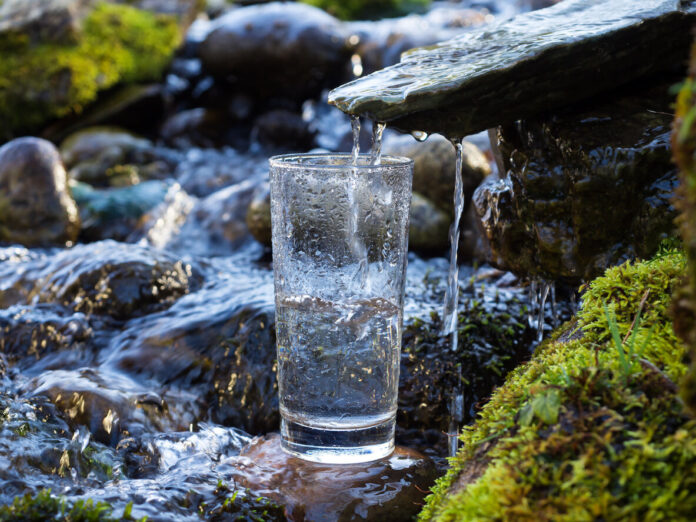On Thursday May 4, 2023, Nestlé Waters announced its intention to suspend the operation of two of the six boreholes used for the marketing of its Hépar water, in the Vosges, in Vittel-Contrexéville. The mineral water giant wished to calm the situation by ensuring that this decision would not penalize production. To make matters worse, management says it will cut 171 jobs by the end of the year, or a quarter of the company’s jobs, according to TF1.
Climatic conditions are the main reason for these controversial decisions. Businesses or individuals are impacted as much as each other. Restrictions and other orders have multiplied since the beginning of March. At that time, no less than 45% of the water tables were at a worrying level, according to a report by the Bureau of Geological and Mining Research (BRGM). Nestlé, the main supplier of mineral water thanks to these distributors Hépar, Vittel, Perrier and Contrex, will have to mobilize in order to avoid many operating or personnel losses.
The two boreholes shut down are identified as “particularly sensitive, due to their shallow depth”. According to the group, this “makes it very difficult to maintain the stability of the essential characteristics of a natural mineral water”. The production of this magnesium-rich water will therefore continue in the four remaining boreholes.
“If they partially suspend their production, it is simply that there is not enough water”, points out for Les Echos, Bernard Schmitt, spokesperson for the citizen collective Eau 88, which disputes the authorizations of water withdrawal granted to Nestlé Waters. For the Hépar brand, the group can extract up to 800,000 cubic meters per year from these most superficial aquifers.
Whatever may be said, the various restrictive measures put in place by the prefectures depend mainly on the state of the resources. Anticipation is therefore a solution in such circumstances. Faced with the climate emergency, which is no longer a taboo subject, the various institutes and other bodies responsible for observing trends are opting for new practices. For example, the prefecture of Puy-de-Dôme requested a study from the Bureau of Geological and Mining Research on the various water level indicators. By way of monitoring, monitoring is therefore necessary in order to best manage a climate crisis that is taking hold at all levels.
Even if we often consider water as an infinite and safe resource, we can realize that our certainties are worth nothing. According to Patrick Chassagne, hydrogeologist and director of the HydroSciences institute in Montpellier, we must take a step back when we talk about volume. “When we see the production of mineral water factories, we see liters of bottles coming out and that may seem significant. But if we compare to the agricultural sector or drinking water, we are talking about millions of cubic meters,” he told Capital.
Bottled water consumption has never been so high. Indeed, the 2021 barometer proposed by Kantar Panel reveals that 48% of French people say they drink bottled water compared to 68% twenty years ago and 69% fear running out of water in the future. Unsurprisingly, these figures echo the various increasingly important ecological problems impacting the willingness and desire of the French to drink tap water. And the tightening of rules related to drought will not change the trend.















